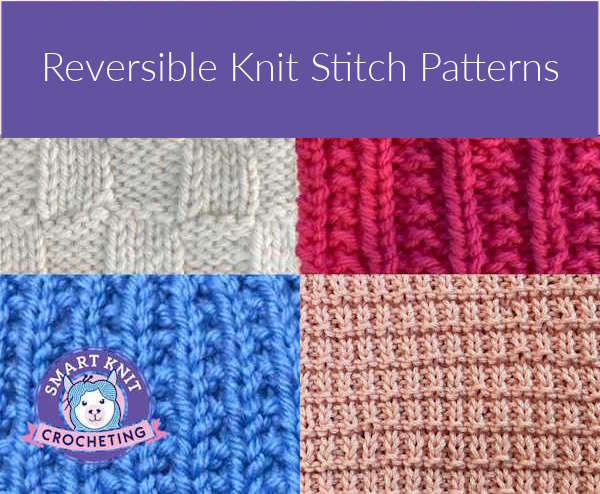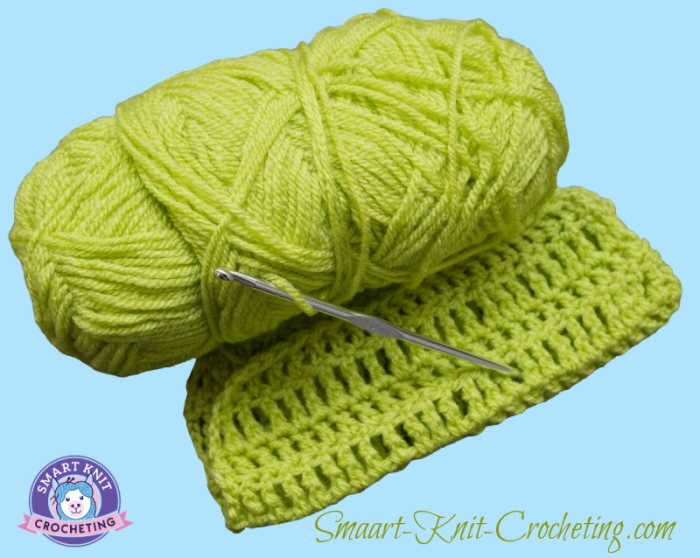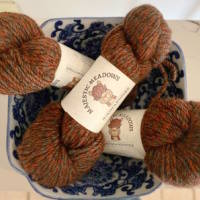- Home
- How to Knit: Basics
- German Twisted Cast On
German Twisted Cast On
Also known as: Twisted Long-Tail Cast-On | Old Norwegian Cast-On
By Janice Jones
The German Twisted Cast-On is a stretchy, sturdy variation of the long-tail cast-on. It’s perfect for projects that need elasticity at the edge—like sock cuffs, mittens, hats, or ribbed borders. If your standard long-tail cast-on feels too tight, the German Twisted Cast-On is an excellent upgrade.
 The German Twisted Cast On (also known as the Old Norwegian Cast On
The German Twisted Cast On (also known as the Old Norwegian Cast On Use the slingshot position to make this cast on.
Use the slingshot position to make this cast on.SuppliesYou'll Need
- Yarn of your choice
- Knitting needles suitable for your yarn (For example, #4 worsted weight yarn and a size US 7 (4.5 mm) or US 8 (5.0 mm)
- Scissors
Why Choose the German Twisted Cast-On?
- Stretchy and strong: Great for edges that need a little give without flaring out.
- Decorative: Adds a subtle, twisted rope-like look.
- One yarn tail: Like the long-tail method, it requires measuring a tail before starting.
Step-by-Step Instructions
1. Measure a long tail
You'll need approximately 1 inch of yarn for every 2 stitches if you're using worsted-weight yarn. Add about 6 inches for weaving in later.
Another way to measure how much yarn you need is to wrap the yarn around the needle about 10 times. That would be the length you would need for 10 stitches.
Then, multiply by the number of stitches you want to cast on. For example, if you're going to cast on 20 stitches, measure your original length by a factor of two. Finally, add about six inches for weaving in ends.
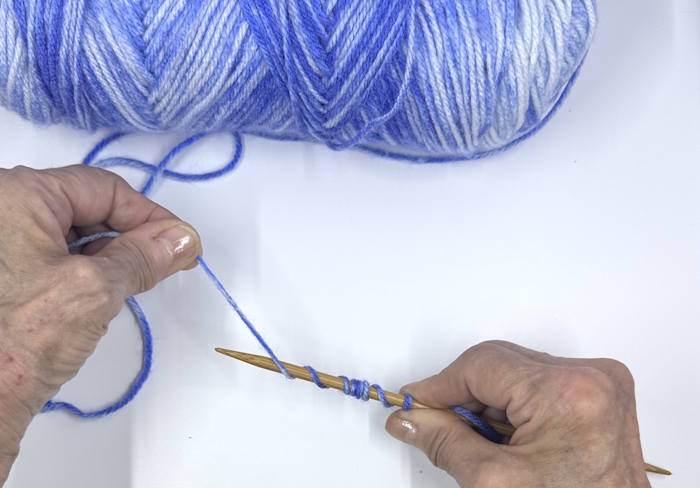
Make a slip knot and place it on your needle (counts as your first stitch). Alternatively, if you prefer not to use a knot, twist the yarn around your needle before beginning the cast-on. That counts as your first stitch.
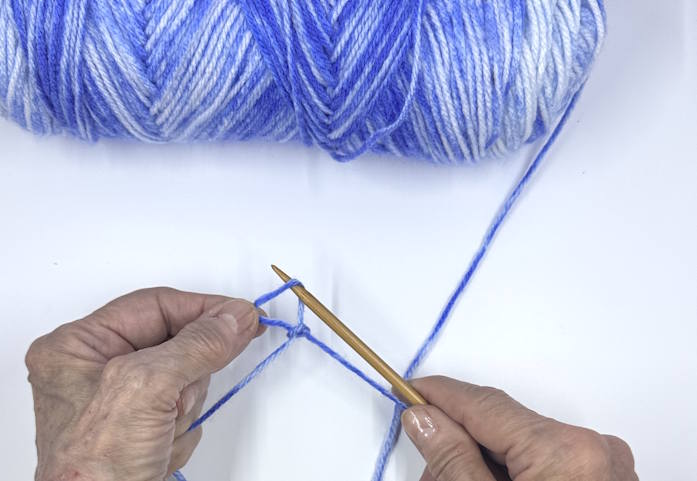
2. Position your hands
Hold the yarn tail over your thumb and the working yarn (connected to the ball) over your index finger, just like you were beginning the long-tail cast on method.
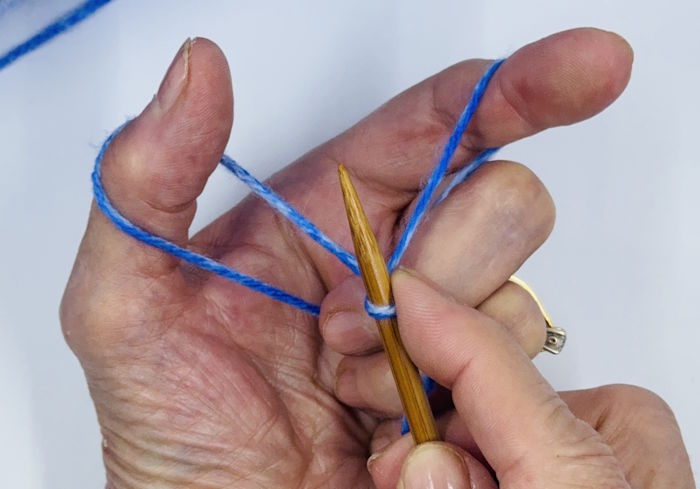
Tension the yarn by grasping both strands with your last three fingers and hold in your fist.
3. Create the Cast on
Insert the needle under both strands around your thumb, moving from front to back and right to left. (you’re going under the “loop” of the thumb that contains two strands of yarn).

Bring the needle up between the thumb strands from underneath.
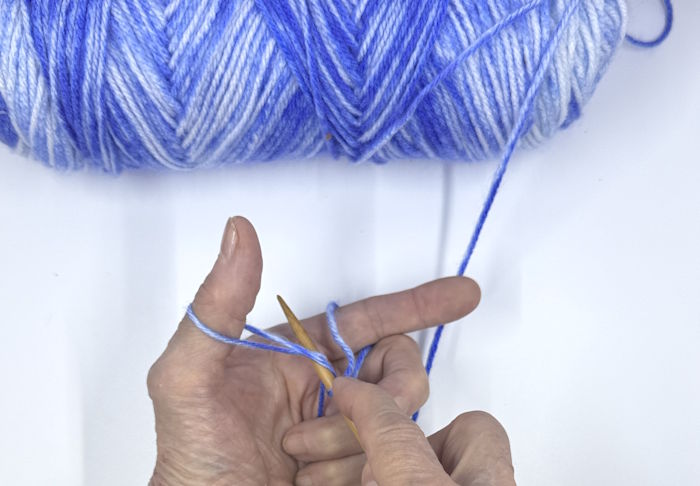
Now, move the needle over and around the yarn on your index finger.
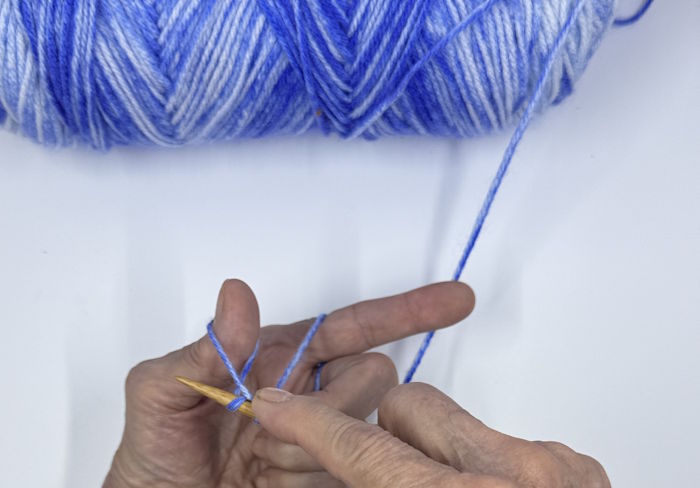
Pull that yarn through the thumb loop. It looks like a little triangle.
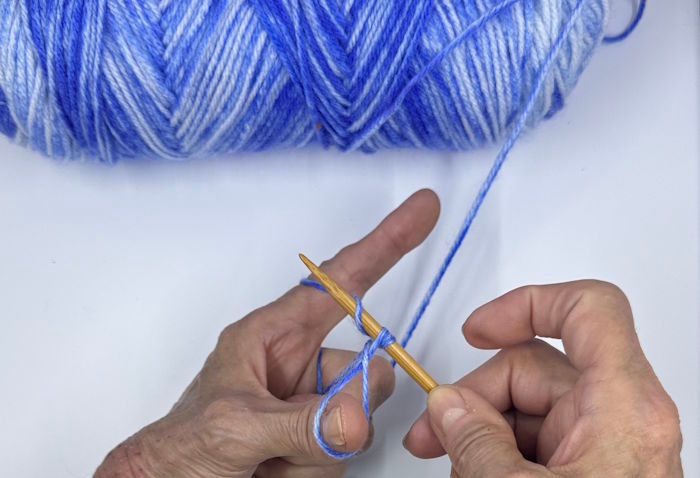
Finally, let the loop fall off your thumb and gently tighten the stitch onto the needle with your thumb.
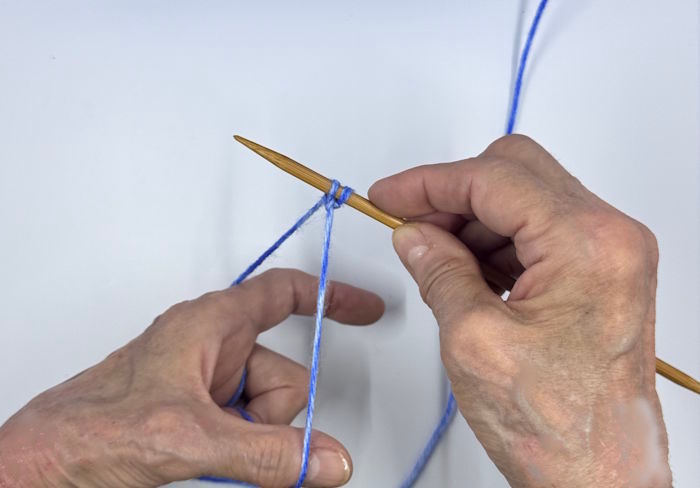
Repeat these steps for each new stitch. You’ll notice a twisted edge forming. Cast on the number of stitches indicated by the pattern you are using.
German Twisted Cast-On vs Long-Tail Cast-On
| Feature | German Twisted Cast-On | Standard Long-Tail Cast-On |
|---|---|---|
| Stretch | High | Moderate |
| Best for | Socks, ribbing, hats | General knitting projects |
| Decorative Edge | Yes | Subtle |
| Learning Curve | Slightly harder | Easier |
| Yarn Usage (Tail Method) | Yes | Yes |
Both of the swatches below are shown with the right side facing
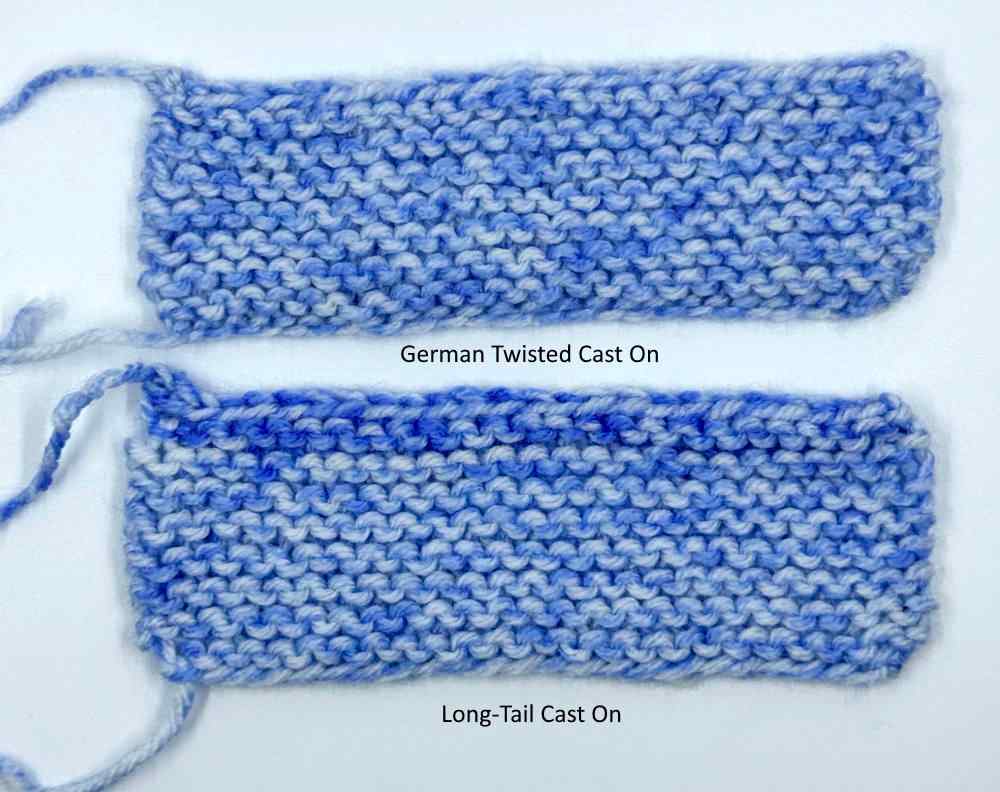
Frequently Asked Questions
Is this cast-on reversible?
Is this cast-on reversible?
Yes, it looks neat on both sides and works well for double-sided garments like scarves.
Can I use this cast-on for lace projects?
Can I use this cast-on for lace projects?
It's better suited to ribbing and garments where structure and stretch are important. For lace, try a provisional cast-on instead.
Is the slip knot necessary?
Is the slip knot necessary?
You can skip it and start with the twisted stitch directly if you prefer an invisible edge.
Final Tips
If your cast-on is too tight, try loosening your thumb loop slightly before pulling the stitch through.
Practice slowly—this cast-on has a rhythm, and muscle memory builds quickly.
Summary
The German Twisted Cast-On is an excellent method for knitters who need a flexible yet sturdy foundation. It may take a few tries to master the twist, but once you do, it will become a go-to technique in your toolkit—especially for socks, hats, and garments that need both stretch and style.


